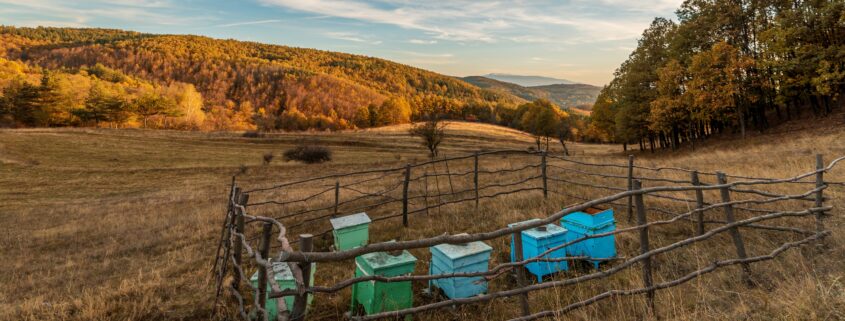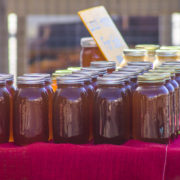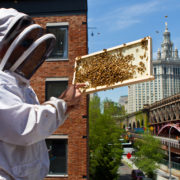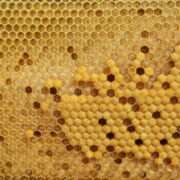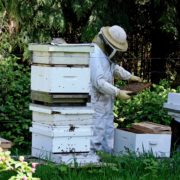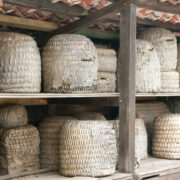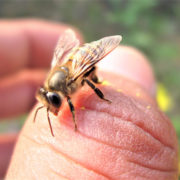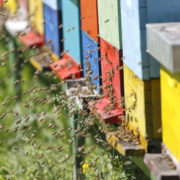Bee Prepared! A Fall Checklist for the Winter Months Ahead
As the days grow shorter and the leaves begin to change color, autumn marks a time of transition for beekeepers. The summer honey harvest is over, and the focus shifts to preparing the bees for the winter months ahead. This is a crucial time for beekeepers, as proper preparation can mean the difference between a healthy, thriving colony in spring and a struggling one.
Here are the essential tasks that every beekeeper should undertake in the fall to ensure their bees’ winter survival:
Assess Colony Strength and Food Stores
The first step is to evaluate the overall health and strength of each colony. Look for signs of a healthy queen, plenty of young bees, and minimal pest or disease problems. Inspect the brood chambers to ensure there is enough brood rearing to maintain the colony population over winter.
Next, assess the food stores. Honeybees need ample honey reserves to survive the winter months when foraging opportunities are limited. A good rule of thumb is to have at least 60 pounds of honey per hive. You can estimate the food stores by weighing the hives or inspecting the frames. If the stores are inadequate, consider supplementing with sugar syrup.
Combine Weak Colonies
If you have any weak colonies, consider combining them with stronger ones. This will help to boost their population and increase their chances of survival. However, be sure to only combine colonies from the same apiary to avoid introducing diseases or pests.
Reduce Hive Entrances
Smaller hive entrances help to keep out predators and drafts. Use entrance reducers to adjust the size of the opening based on the colony size and weather conditions.
Monitor for Robbing
Robbing occurs when stronger colonies steal honey from weaker ones. This can be a major problem during the fall and winter when food sources are scarce. Be vigilant and take steps to prevent robbing, such as closing up any cracks or gaps in the hives and moving weak colonies to a separate location.
Keep Records and Observations
Throughout the fall season, keep detailed records of your inspections, treatments, and any other observations you make. This information will be valuable in the spring when you assess the health of your colonies and plan for the upcoming season.
Additional Tips for Fall Beekeeping:
- Clean and repair hive equipment before winter arrives.
- Ensure adequate ventilation in your apiary to prevent moisture buildup.
- Protect hives from strong winds and snowdrifts.
- Consider taking advantage of any local beekeeping workshops or classes to learn more about winter beekeeping practices.

